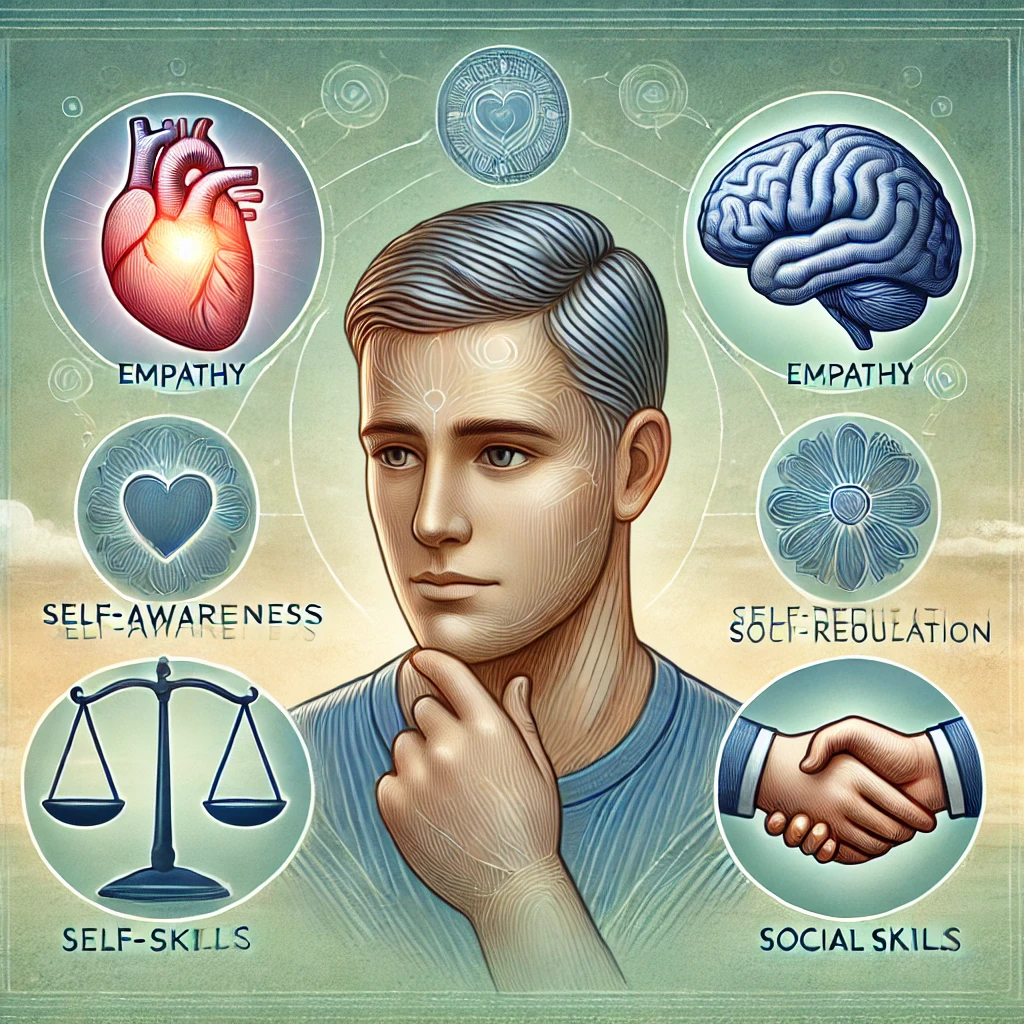Imagination is a powerful tool that helps us shape our lives, solve problems, and bring new ideas into reality. But what exactly is imagination? How does it work, and why is it essential for human development?
In this blog, we will dive deep into the concept of imagination, exploring its mechanisms, benefits, and the ways it can be harnessed for success.
We will also touch on how yoga can enhance imaginative capabilities, the difference between spoken and thoughtful imagination, the magical impact of spoken imagination and whether it’s possible to get rich through imagination.
What is Imagination?

Imagination is the quality to make mental images, concepts, and scenarios that are not immediately available in our sensory experiences. It allows us to think creatively, envision possibilities, and even simulate future events.
It’s the foundation of human creativity, enabling us to generate new ideas and explore potential outcomes before they happen.
How Does the Mind Create Imagination?
Our mind creates imagination by combining various cognitive processes. It taps into stored memories, synthesizes them, and alters or combines them to produce something novel.
This occurs in different brain areas, such as the prefrontal cortex (responsible for decision-making and planning) and the hippocampus (involved in memory).
Essentially, imagination arises when the brain draws on past experiences, perceptions, and abstract concepts to create new mental representations.
Is Imagination Already Fixed in Our Brain?
Imagination is not a fixed, unchangeable entity within the brain. Rather, it is a dynamic process that can be developed and refined over time.
While we all have the innate ability to imagine, its depth and richness depend on individual experiences, creativity, and practice. Some people naturally have more vivid imaginations, while others need to nurture and exercise this skill.
What Mechanism Works for Imagination?
The mechanism behind imagination involves a complex interaction of brain regions. When we imagine something, the brain uses neural networks responsible for memory recall and emotional responses.
These networks activate in ways similar to when we actually experience events in real life. Imagination also relies heavily on visualization, where the mind constructs images and scenarios.
Neural patterns in the brain mimic real-world interactions, making imagined experiences feel lifelike.
Why is Imagination Essential?
Imagination is a necessary habit because it makes us to innovate, solve quarries and problems, and explore new ideas. It allows us to envision a better future, escape from present limitations, and create art, inventions, and solutions to complex challenges.
Imagination also plays a critical role in emotional intelligence and empathy, as it helps us understand the perspectives of others by visualizing their experiences.
Why Can’t Some People Imagine?
Some individuals may struggle with imagination due to a condition called aphantasia, which is the inability to create mental imagery.
People with this condition cannot visualize pictures in their mind, although they may still be capable of other forms of imagination, such as abstract thinking or problem-solving. Aphantasia is not a cognitive deficit but rather a difference in how the brain processes information.
Can We See Our Future in Imagination?
While imagination does not predict the future with certainty, it helps us simulate possible scenarios and outcomes. This mental simulation allows us to prepare for different possibilities, improve decision-making, and set goals.
Visualizing a desired future can motivate us to take action, increase focus, and align our efforts toward achieving our goals.
How Can We Turn Imagination into Reality?

To turn imagination into reality, we need a combination of vision, planning, and action. Here are steps we can take:
- Visualizing The Goals: First of all imagine what we want to achieve.
- Set Concrete Plans: Break your vision down into actionable steps.
- Take Consistent Action: Work toward your vision by executing the steps.
- Stay Flexible: Adjust your plans as needed, while keeping your long-term vision in mind.
- Believe in Your Imagination: Self-belief can fuel the drive to turn your imagined reality into an actual one.
How Can We Practice Imagination Through Yoga?
Yoga enhances imagination by fostering mindfulness, focus, and creativity. Through meditation and visualization exercises, yoga allows us to access deeper layers of our consciousness.
Breathing techniques (pranayama) and certain postures (asanas) can calm the mind, which in turn improves mental clarity and imaginative thinking.
Practicing yoga regularly can help you channel your imagination more effectively by creating a clear, centered state of mind.
Can Someone Get Rich Through Imagination?
Yes, imagination can lead to wealth when combined with action and strategy. Many successful entrepreneurs and innovators have used their imagination to envision new products, services, or solutions that don’t yet exist.
They imagined possibilities, set goals, and worked hard to bring their vision to life. The key is not just to imagine but to act on those imaginative ideas with persistence and dedication.
The Magical Impact of Spoken Imagination
Spoken imagination has a unique and powerful effect, capable of inspiring change, sparking creativity, and shaping reality.
When people verbalize their creative thoughts, they engage not only their own minds but also those of the listeners, opening up new possibilities.
Explore the Magical Impact of Spoken Imagination
-
Inspiration and Motivation
When spoken aloud, imaginative ideas can deeply inspire and motivate others. Think of famous speeches like Martin Luther King Jr.’s “I Have a Dream.” His words vividly painted a picture of a more just and equal future, moving millions to believe in and work toward that vision.
Spoken imagination can turn abstract ideas into emotional calls for action.
-
Manifestation of Dreams

By speaking about their dreams and desires, people often take the first step toward turning imagination into reality.
This is the principle behind “speaking things into existence.” Entrepreneurs, artists, and innovators often verbalize their visions before taking the necessary steps to bring them to life. By expressing their goals aloud, they commit to them, making them feel more tangible and achievable.
-
Creating Connection and Collaboration
Spoken imagination can bridge gaps between individuals and groups. When you share your imaginative thoughts, others may contribute their ideas, leading to collaboration.
This is especially true in creative industries like filmmaking, design, or technology. One person’s spoken idea can spark a series of contributions from others, leading to the creation of something entirely new and greater than the original thought.
-
Encouraging Positive Change
By verbalizing imaginative solutions to problems, people can inspire change. For instance, in brainstorming sessions, spoken imagination helps uncover new perspectives or innovative approaches to challenges.
When people imagine and discuss a better future, they create a framework for working toward positive change.
-
Emotional and Psychological Impact
Spoken imagination can also have a therapeutic effect. When people talk about their dreams, hopes, or even fears, they release emotions, clarify their thoughts, and build mental resilience.
Creative visualization, when spoken, can help reduce stress, promote mindfulness, and enhance a sense of purpose. It’s a tool for self-motivation and emotional expression.
-
Building Confidence and Self-Belief
Speaking your imagination aloud makes it real in a sense. When we define our targets, our confidence grows as we express them. This is why affirmations, a form of spoken imagination, are popular in self-development.
When people repeatedly express positive, imaginative thoughts about their future success, they reinforce their belief in their ability to achieve those goals.
-
Shaping Reality Through Stories
Storytellers have long used spoken imagination to shape cultures, beliefs, and societies. Myths, legends, and stories passed down orally from generation to generation have shaped collective understandings of the world.
Even today, spoken imagination in the form of narratives can deeply influence how people think, act, and interpret their world.
Conclusion: The magical impact of Spoken Imagination

The magical impact of spoken imagination lies in its ability to inspire, manifest, and transform. By giving voice to our imaginative thoughts, we activate the creative energy that brings those ideas closer to reality.
Spoken imagination connects people, drives action, and fosters innovation, making it one of the most powerful tools we possess.
Difference Between Spoken Imagination and Thoughtful Imagination
Spoken Imagination: This refers to expressing one’s imagination aloud, sharing ideas, and vocalizing creative thoughts with others. It is an external form of imagination, often used to brainstorm or communicate one’s vision to others.
Thoughtful Imagination: This occurs internally, within the mind. It involves reflective thinking, mental visualization, and silently contemplating new ideas or scenarios. It is more introspective and personal.
The Powerful Importance of Imagination
Imagination is an essential part of human cognition that allows us to dream, create, and envision possibilities.
It’s a skill that can be nurtured and strengthened through practice, visualization, and even yoga. Whether you aim to turn your imaginative ideas into reality, improve problem-solving skills, or simply explore new possibilities, imagination is the driving force behind innovation and personal growth.
Start practicing your imagination today, and watch how it transforms your reality.
How the Magical Impact of Spoken Imagination Works
Yes, many things indeed appear twice—first in our mind as an idea, and then in reality through execution.
This concept is often referred to as the “law of creation,” which suggests that everything that exists in the physical world was first conceived in someone’s mind.
-
Invention and Innovation
Consider inventions like the telephone, airplane, or light bulb. Before they existed in the physical world, these innovations were first visualized in the minds of their creators.
Alexander Graham Bell imagined how people could communicate over long distances using a device. The Wright brothers envisioned human flight long before building the first airplane.
Thomas Edison mentally experimented with ideas before creating the light bulb. In these cases, the initial creative spark occurred in the mind, which led to their manifestation in the real world.
-
Architecture and Engineering
Buildings, bridges, and cities also follow this principle. Before construction begins, architects design blueprints, visualize the structure, and calculate measurements.
Engineers then take these plans and bring them into reality. Skyscrapers like the Burj Khalifa or landmarks like the Eiffel Tower were first drawn out and imagined in intricate detail before a single stone or beam was laid.
-
Personal Goals and Success
On a personal level, this principle applies to goal-setting. Successful athletes, entrepreneurs, and leaders often visualize their achievements before they happen.
For example, many Olympic athletes practice “visualization techniques,” mentally rehearsing their performances before stepping onto the field. This mental preparation often translates into physical success.
By first creating an image or vision in their minds, they increase the likelihood of realizing their goals in the real world.
-
Proving Through Science: Neuroplasticity and Visualization
The brain has a very important role in the “mental-to-physical” transition. Neuroplasticity—the brain’s ability to reorganize itself—shows that thoughts and imagination can physically alter the brain’s structure.
When you vividly imagine something, the brain forms similar neural connections as it would if you were actually doing that thing. Athletes, for instance, can activate the same brain regions through mental practice as they do during actual physical training, proving that mental rehearsals influence physical performance.
Additionally, research into visualization has shown that people who mentally visualize their goals (whether artistic, athletic, or professional) are often more successful in achieving them.
This phenomenon suggests that by imagining the desired outcome, we “program” our brain to take actions aligned with that vision.
Create The Magical Impact of Spoken Imagination
Spoken imagination refers to verbalizing creative ideas, dreams, or hypothetical scenarios. This type of imagination is expressed out loud, often shared with others for feedback, discussion, or inspiration. Here are some examples:
-
Storytelling
A person sharing an invented story, describing fictional characters and events in vivid detail:
“Imagine a world where humans could fly. People would have wings, and the cities would be built in the clouds…”
-
Brainstorming in Teams
During a creative meeting, a person might vocalize an idea for a project:
“ Imagine what would happen if we made an app that would tell us the color ideal according to our mood? We could use AI to detect emotions from their voice.”
-
Daydreaming Out Loud
Someone talking to a friend or partner about future dreams or fantasies:
“One day, I’m going to buy a house by the beach, wake up to the sound of waves, and spend my mornings surfing.”
-
Visionary Leadership
A leader articulating a vision for the future
Create an image of the future where powerful energy powers every home, where we no longer depend on fossil fuels. It starts with the innovation we develop today.”
-
Teaching and Explaining Concepts
A teacher or educator might use spoken imagination to help students visualize complex ideas:
Imagine and think whether we can travel in space at the speed of light. How would time change for you compared to those still on Earth?”
-
Role-playing or Acting
Actors in theater or improvisation vocalize imagined situations:
“Let’s say you’re a detective solving a mystery. What clues would you be looking for in this room?”
Spoken imagination often serves as a powerful way to engage others, share creative visions, and collaborate on turning ideas into reality.
Conclusion
So, to answer your question: Yes, things often appear first in our mind and then in reality. Whether it’s an invention, a building, a personal goal, or a work of art, the mental creation serves as the blueprint for physical manifestation.
The process involves imagining, planning, and executing, which brings the idea from thought to existence on earth.
Frequently Asked Questions
- What is the magic of imagination?
-
What are the powers of imagination?
-
How imagination creates reality?
-
What are the effects of imagination?




